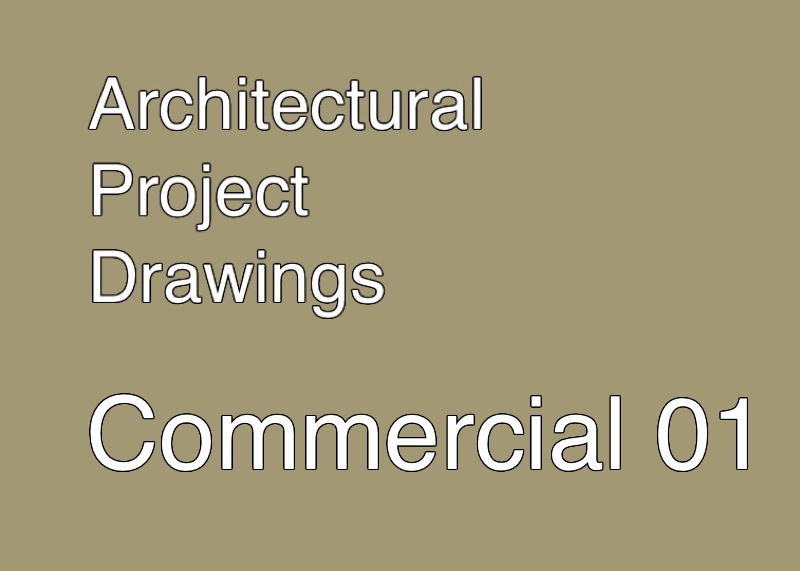 Details of Door Jamb and Head Details in drywall construction are a good practice. In some simple projects they may not be required. However, by detailing the conditions, you create a basis for requiring the level of detail that the project should receive. These details are suggested to specify any special configuration, construction and materials required for the conditions required at the jambs and heads of door frames in drywall construction. As you collect details of various conditions, it becomes a simple matter to include this information in the drawing set.
 The Typical Drywall Partition Detail is useful as a way to cover the standards that are expected for drywall partitions. By showing the standard case, only the exceptions to the standard need to be addressed on the drawings. When the detail shows the typical drywall thickness, drywall type, stud material, dimensions, spacing, and anchorage it simplifies access to that information for everyone and it simplifies what needs to be covered in the specifications - just state "see drawings".
 Industrial Office Addition The project is a two story, 16,000 SF addition to a large industrial building. These drawings were prepared for the Owner’s Design/Build Contractor who handled bidding informally. Less detail was required of the drawings. Special Features: Second floor was treated as a mezzanine, which impacted exits. The Construction Type is 2B, sprinklered. The overall building is Mixed Use Group; the addition is Business Use Group. Cost in 2013 Dollars is $4,600,000 Comments: Warning - Terms Of Use Apply These drawings may be downloaded as PDFs in a zip file from our Archives when you Sign Up.  Testing, Testing, 1...2...3 This set of Project Drawings is a test of the process of posting projects to the Details Blog. I need something simple to work out the bugs. Future projects will be larger and more detailed. Museum Toilet Room The project is a two story, 750 SF remodel of a Carnegie Library into a private museum. Making the building accessible was the purpose of this design. These drawings were prepared for the Owner’s Plumbing Contractor (!). Less detail was required of the drawings, which were intended for permits only. Features: The field notes shown here were for a basement area of the building where a kitchen was planned. The Construction Type is 3B, un-sprinklered. The overall building is Business Use Group. Cost in 2013 Dollars is approximately $60,000. Comments: Warning - Terms Of Use Apply These drawings may be downloaded as PDFs in a zip file from our Archives when you Sign Up.
|
Terms of UseYour use of Architekwiki is implicit agreement with the Terms of Use.
Categories
All
Archives
October 2018
|
Architekwiki | Architect's Resource | Greater Cincinnati
© 2012-2022 Architekwiki
© 2012-2022 Architekwiki























 RSS Feed
RSS Feed

